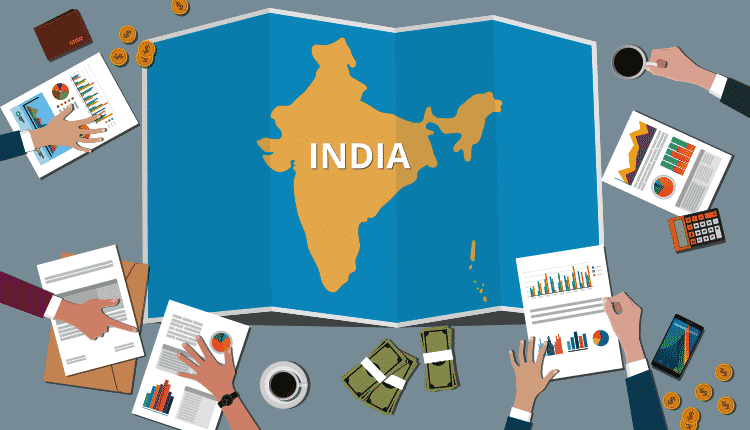quick look
- India's interim budget prioritizes long-term financial stability over populism.
- The fiscal deficit exceeds expectations at 5.1%, reflecting commitment to fiscal discipline.
- Capital spending of $15.6 billion highlights the shift towards manufacturing and infrastructure.
- The new solar scheme aims to provide energy independence to 10 million households.
- The budget emphasizes commitment to environmental sustainability and net zero goals by 2070.
In an era of global economic uncertainty, India's Finance Minister, Nirmala Sitharaman, presented an interim budget that prioritizes long-term financial stability over short-term populism. Marking nearly a decade under the leadership of Prime Minister Narendra Modi, the Budget reflects a strategic shift in the government's approach to economic management. In addition, by cutting food and fertilizer subsidies, they are now 3.3 percent lower for food, resulting in 2.12 trillion rupees ($25.5 billion) for 2025, down from 2.05 trillion rupees ($24.6 billion). This reduction underscores the commitment to maintaining fiscal discipline, with a projected deficit of 5.1 percent, significantly lower than market expectations.
Capital spending remains at $15.6 billion amid subsidy cuts
This budget demonstrates India's gradual shift from an agriculture-based economy to industrialization and infrastructure development. Maintaining capital spending at 1.3 trillion rupees (US$15.6 billion), even with subsidy cuts, highlights this shift. Suman Banerjee of Hedonova cited the fiscal deficit target as a positive surprise. Thus emphasizing the government's intention to promote a more balanced economic growth model. This reorientation is also evident in the government's continued support for the most vulnerable groups through initiatives such as free food supplies. Thus mitigating the impact of potential inflation in food prices.
The new solar scheme aims to provide energy freedom to 10 million households
In the midst of economic recalibration, sustainability is a cornerstone of India's development agenda. Sitharaman announced a rooftop solar scheme. This scheme enables 10 million households to generate excess electricity and potentially resell it. In addition, there are expansions in electric vehicle charging infrastructure and wind energy support. These initiatives underscore a strong commitment to environmental stewardship. These initiatives, along with the ambitious goal of achieving net zero by 2070, reflect a nuanced understanding of the interplay between economic development and environmental sustainability.
Through the lens of the Interim Budget 2024, India's evolving economic landscape reveals a delicate balance. This balance includes fiscal responsibility, strategic economic reorganization, and sustainable development. As the country stands on the verge of national opinion polls, this budget not only showcases a decade of progress but also charts a course for a future where growth and green initiatives go hand in hand.

